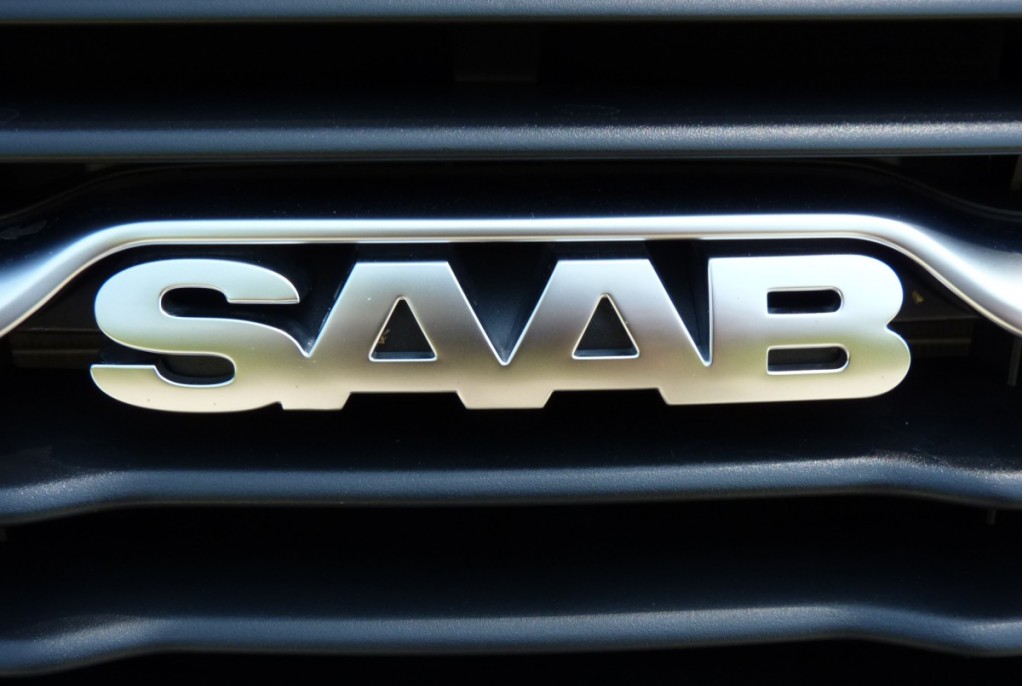
saab badge
Saab began this week with a bright future and what looked like a new deal that would bring it some stability and financial security, but by the end of the week the ailing Swedish automaker seems on even shakier ground than before.
Yesterday, a deal with China's Hawtai Motor Group collapsed; the Hawtai deal would have given Saab a much-needed cash injection—about $215 million that Saab could have put wherever it's needed. In return, Hawtai would have been taken a 29.9-percent stake in Saab; Hawtai would also have been able to build Saab designs for its domestic market, while Saab would have had access to Hawtai's clean-diesel engines and eventually (based on some remarks) might given Hawtai access to the U.S. market.
Conflicting accounts about why deal broke off
But there are two quite different accounts about why the deal was struck out. Saab Automobile and parent company Spyker Cars have said that Hawtai terminated the deal because of "commercial and economic realities, not lack of government approval"—which seems to contradict what Spyker had earlier said. Hawtai told other outlets that the deal hadn't found enough support from the Chinese automaker's backers and had been terminated by consensus.
Hawtai's vice president, Richard Zhang, also told the Financial Times that they were still in talks with Spyker and the chances of a new deal weren't completely off the table.
The deal would have arguably given Hawtai a very valuable foothold in the Chinese auto market; it included the rights to build the next-generation, 2013 Saab 9-3, and the former Saab 9-5 design would have been immediately up for grabs. Hawtai aims to product over a million vehicles a year by 2015.
Victor Muller, Spyker's CEO, had said that the company was in talks with Great Wall Motor, another Chinese automaker; on Friday, Great Wall however told several sources that although it had been in talks about Saab at an earlier time, it hadn't since the Hawtai deal.
Meanwhile, Russian investor Vladimir Antonov remains interested in buying stake, although he had been blocked from an earlier deal.
Restart put on hold for a while longer
Saab Automobile had this week also been working with some suppliers to renegotiate terms, with the goal of starting production at its anchor Trollhattan plant in Sweden as early as this next week, but as of Friday, talks with suppliers had been again put on hold. The plant has already been idle for about six weeks and earlier this week Muller said that it would take about 90 million euros to make good with suppliers and restart production.

2011 Saab 9-4X
Earlier this week, production started at GM's Ramos Arizpe, Mexico, plant on the new 2011 Saab 9-4X, which we drove this week.
Saab sold just 32,000 vehicles last year—worldwide—and based on off-the-cuff estimates from Saab officials we spoke with in Washington, D.C. earlier in the week, the automaker needs to sell about 85,000 (the sort of volume it had just a few years ago) in order to be out of the red.
That sounds like a very tall order, but Saab and Spyker have shown themselves to be tenacious. If their charismatic CEO Muller can pull off another overtime save, we wouldn't write Saab to the history books quite yet.
